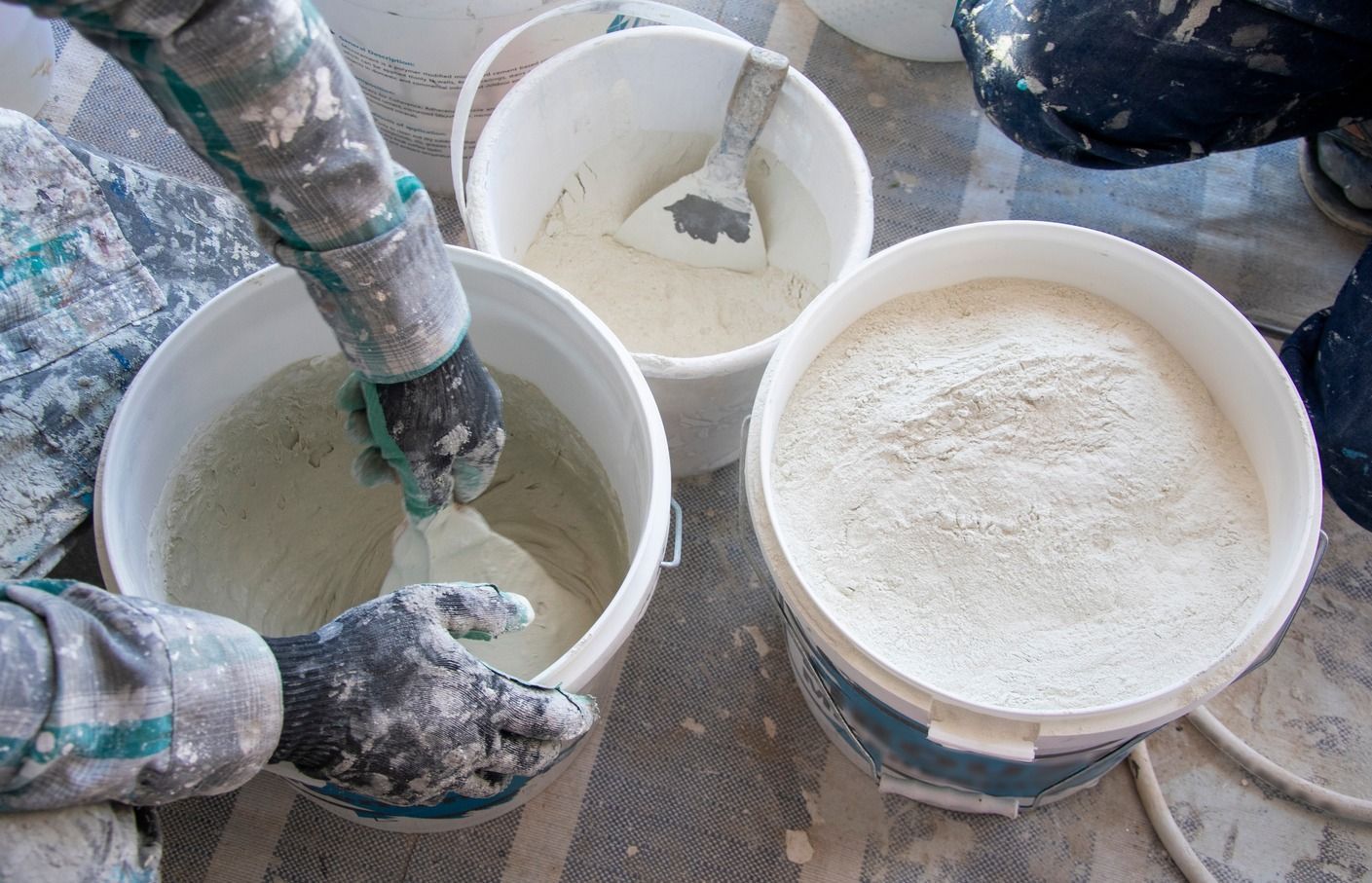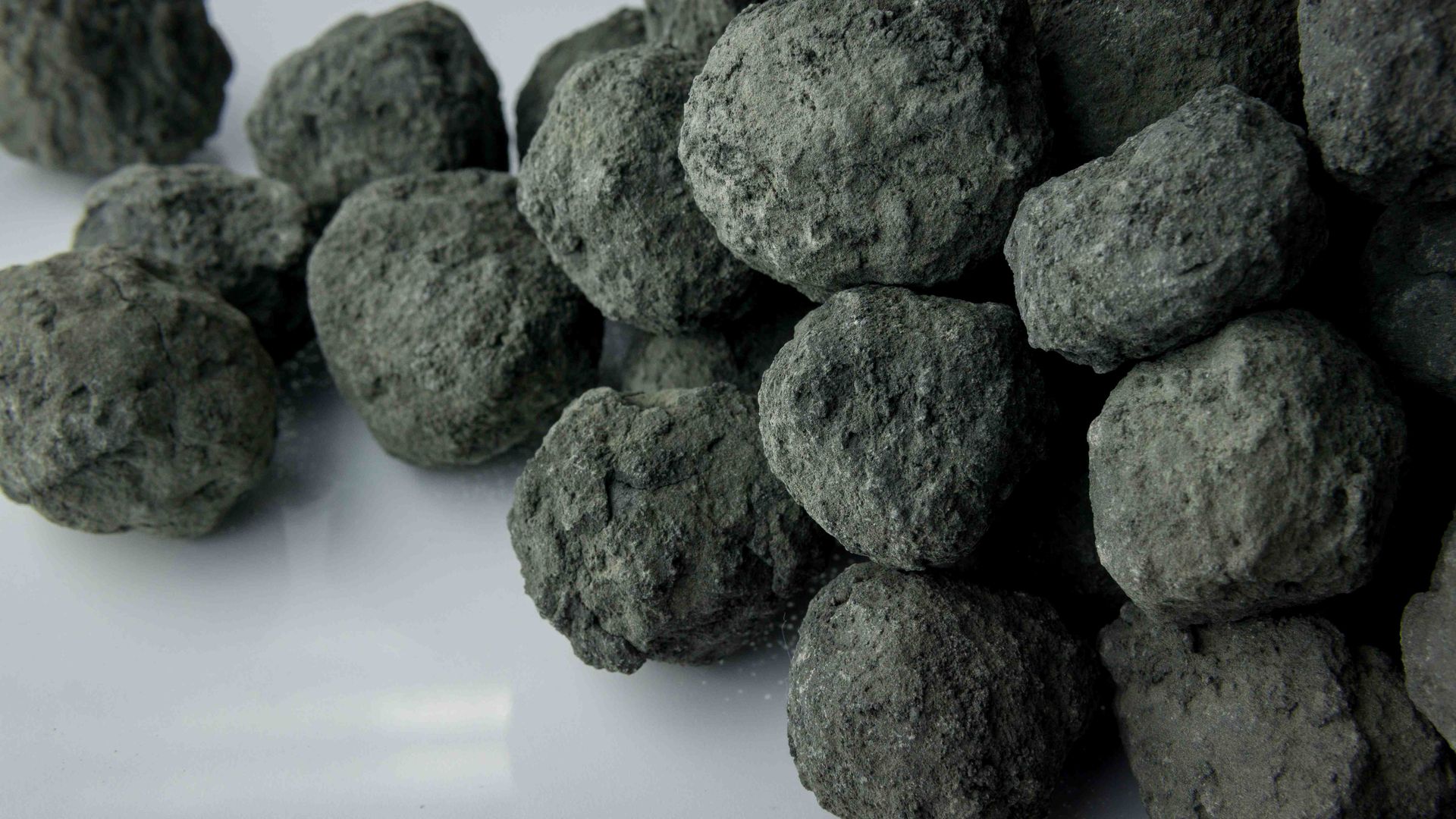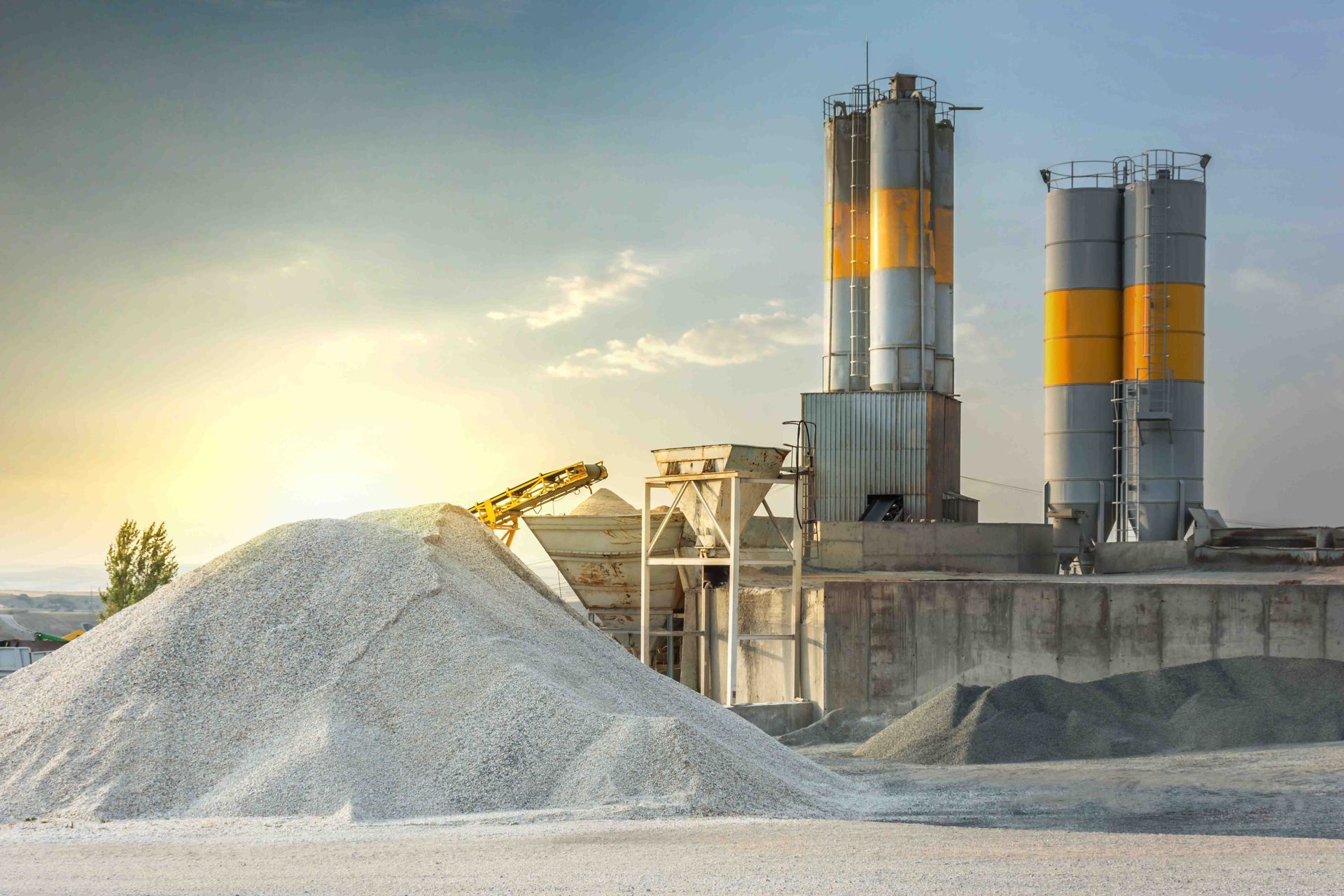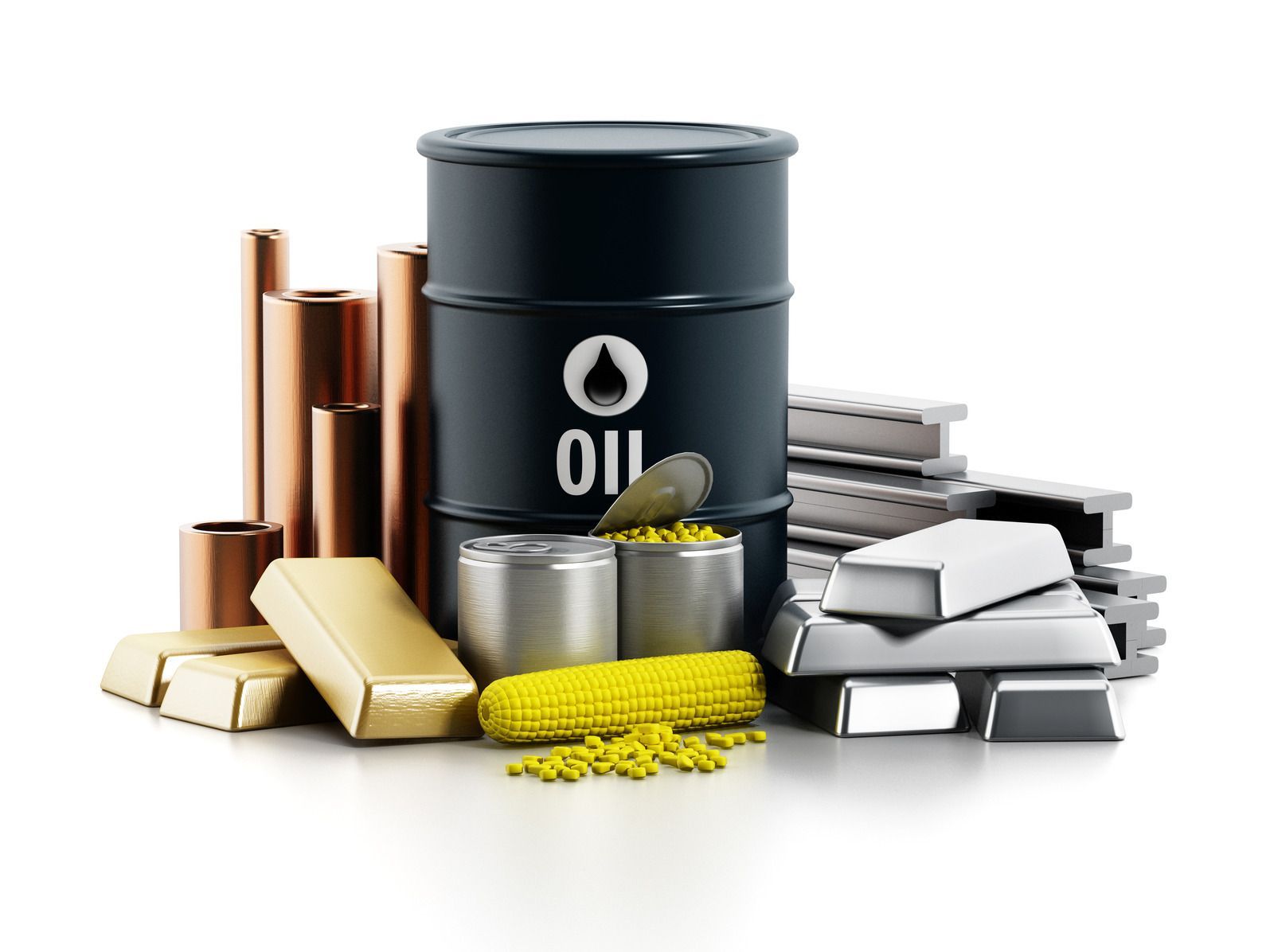Is Cementitious Waterproof? What You Need To Know

Cementitious materials like concrete and mortar have been useful for various construction projects. Both offer excellent durability and strength, which prove themselves to be useful. However, the question that is often asked is in regards to their water resistance.
Is cementitious waterproof? We will answer this question in this guide. Further, we’ll discuss whether or not it requires additional measures to prevent any kind of water infiltration. Keep in mind that cementitious materials include a wide category of substances that tend to harden when mixed with water.
What exactly are cementitious materials?
Cementitious materials include but are not limited to the following:
- Portland cement
- Concrete
- Mortar
Portland cement for its part is a major ingredient found in both concrete and mortar. When mixed with water, it undergoes a chemical reaction and forms a solid mass that will bind the aggregates together - typically sand and gravel. To answer the question, no cementitious materials are not waterproof despite offering such positives like strength and versatility.
Porosity and Water Absorption
Porosity is considered one of the primary challenges of cementitious materials. That’s because they contain microscopic pore that will allow for water to seep through. While not seen by the naked eye, it can be magnified enough to see that concrete has the resemblance of a sponge.
Water will infiltrate the pores by way of capillary action. This will compromise the integrity of the affected material and eventually will cause cracking, salling, and corrosion to metal structures such as steel. Cementitious materials can absorb water through a process known as capillary suction.
This capillary action can vary on factors like the material’s porosity, size, and distribution of pores along with the environmental conditions. It creates a vulnerability to water ingress and threatens the durability of structures over a period of time. This is common in environments where high levels of moisture levels or harsh weather conditions exist.
Are There Any Waterproofing Techniques for Cementitious Materials?
The short answer is yes. The longer answer is that there are plenty of ways to address the challenges water penetration poses. These waterproofing techniques are employed to ensure the resistance of cementitious materials is enhanced.
Here’s a look at the following techniques that you can use to your advantage:
Surface-Applied Treatment
This includes treatments such as applying coatings, sealers, and even membranes that can be added directly onto the exterior surface of the material. This will create a protective barrier to prevent water from infiltrating and causing potential damage. Here are some treatments that utilized:
- Sealers: These are designed to form a hydrophobic barrier that will repel water from the materials. This will be used on existing structures to enhance the water resistance without altering the appearance of the surface.
- Coating: Applying a waterproof coating on the exterior surface will form a membrane that is flexible that accommodates the natural movements of the substrate without any cracking.
- Membranes: These waterproof membranes are made from synthetic materials. They are applied to the surface of the cementitious materials to ensure a continuous barrier against water ingress. This will be applied particularly in areas where high levels of water exposure are possible - including foundations and basements.
Integral Waterproofing
This treatment method involves incorporating waterproof additives that are directly mixed in during the production process of cementitious materials. These additives will reduce any porosity in the materials while increasing its water repellency and improving overall durability.
Here are the following methods as part of this treatment:
- Admixtures: Waterproofing admixtures are chemical additives that are included in the concrete mix to increase water resistance. These admixtures may have agents that have hydrophobic properties along with pore-blocking additives. It may contain crystalline materials that will react with water to form a barrier.
- Modified cementitious mixtures: This is dependent on the manufacturer. Mixtures may be pre-blended and can contain waterproofing agents. These mixtures are aimed to provide enhanced durability and water resistance without the need for any additional treatments.
- Fly Ash and Silica Fume: Including these supplementary materials can reduce the concrete’s permeability. They will react with calcium hydroxide and form a binding compound that will fill pores and enhance water resistance.
What Are The Challenges and Considerations?
Even though waterproofing techniques are excellent for water resistance, it is important to know about any additional challenges or considerations that arise. Let’s take a look at what they are:
Cracking
One of the biggest challenges of cementitious materials is that it is susceptible to cracking. As such, it can cause the effectiveness of waterproofing treatments to be compromised. To prevent this, it is important to implement proper construction practices, joint detailing, and crack prevention measures to ensure that cracks that can cause water ingress to minimize.
Maintenance
External factors like weathering, abrasion, and chemical exposure can affect waterproofing treatments. For this reason, it is important to make sure you perform regular maintenance along with periodic reapplication of surface treatments.
Compatibility
The compatibility of waterproofing treatments with specific cementitious materials and its uses are important. That’s because incompatibility can lead to adhesion issues, alterations to the materials appearance, and reduced effectiveness.
These three challenges and considerations must be addressed accordingly. While cementitious materials can be waterproof for a long time, it is important to make sure that you perform the necessary maintenance and reapplication routines if and when needed. Every construction project that uses cementitious material must be inspected regularly to ensure that it maintains its integrity and durability.
Let PermuTrade Help With your Physical Commodity Needs
When it comes to physical commodities, PermuTrade knows how valuable they are. Having knowledge about the market demand and supply of these materials will give you a good idea on how to make smart sound investments with the commodities that are always in need of various construction materials. Are you looking to invest in physical commodities?
Or do you have any additional questions about investment options - both physical or digital? Let PermuTrade answer them for you. Contact us today and we’ll be glad to help with all your investment needs.
Disclaimer: The information on this website and blog is for general informational purposes only and is not professional advice. We make no guarantees of accuracy or completeness. We disclaim all liability for errors, omissions, or reliance on this content. Always consult a qualified professional for specific guidance.






